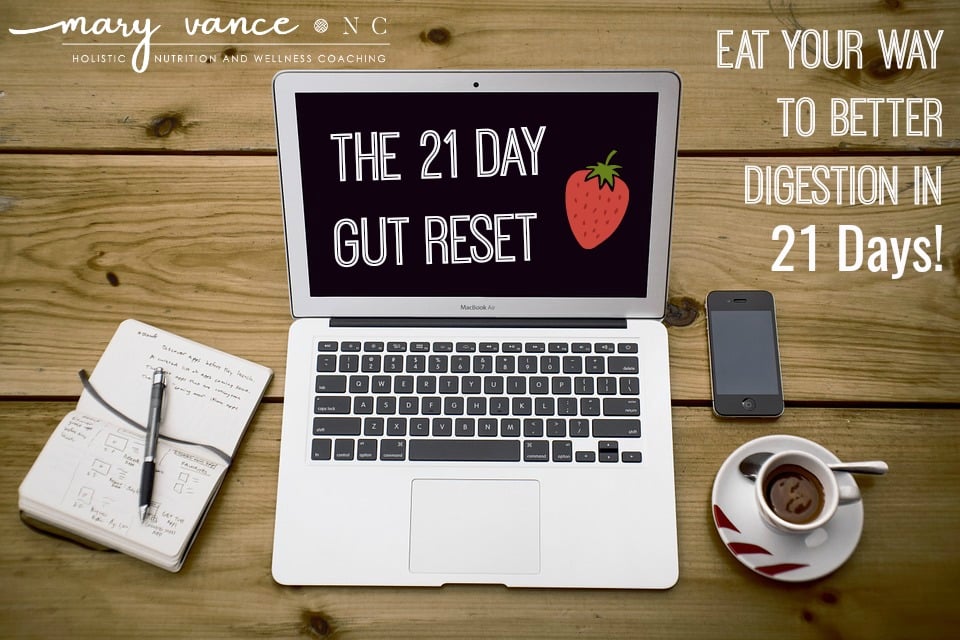Pain. It’s not pleasant, and we’ve all felt it. The most obvious and acute causes are injury or trauma, but headaches, joint pain, back pain, and chronic pain (defined as a pain that lasts longer than 6 months) are more insidious. Types of chronic pain include tendonitis, carpal tunnel syndrome, and pain affecting specific parts of the body, such as the shoulders, pelvis, and neck. Chronic pain may originate with an initial trauma, injury or infection, or there may be an ongoing cause of pain. Inflammation is always present with chronic pain.
Some people suffer chronic pain in the absence of any past injury, which can take a huge emotional toll. (source: WebMD) Chronic pain sufferers may experience anxiety, stress, fatigue, and depression, which can amplify the pain and depress immune function. More than 100 million Americans suffer from chronic pain at a cost of around $600 billion a year in medical treatments and lost productivity, according to a report from the Institute of Medicine (IOM).
Opioids and nonsteroidal anti-inflammatory medications (NSAIDs) remain the main drug treatments for both chronic and acute pain, but these have sometimes severe side effects and come with a laundry list of warnings associated with long term use.
Pain is a signal from your body that something is off balance, whether the cause is a broken arm, or if you’re experiencing systemic inflammation. Of course every case is different, but I take issue with prescribing meds for ongoing pain as a first and long term solution. The meds will cover up the pain, but the underlying cause (usually inflammation) will continue unchecked.
Recently I fell and fractured my wrist. I was referred to an orthopedist for ongoing treatment and was annoyed that he gave me a long term Rx for 600 mg of ibuprofen daily (even though I didn’t have any pain), and another Rx for Prilosec to offset any possible GI issues caused by the ibuprofen.
I certainly understand needing pain meds for immediate injuries of all types, but NSAIDs have been shown to delay fracture healing. Not to mention GI side effects. NO thanks. When I mentioned this to the doctor, he told me NSAIDs are anti-inflammatories, and obviously inflammation delays healing. While NSAIDs do temporarily decrease inflammation, they do not heal the source of the injury! In addition, immediate inflammation is a good and natural injury response. It’s the long term inflammation that is a concern, and that can be addressed with diet, herbs, and supplements in many cases.
I healed my broken wrist with minimal pain in 7 weeks using natural therapies. I also developed chronic shoulder pain because of overuse and strain in my good arm compensating for the broken arm. I didn’t want to take NSAIDs for the chronic pain as prescribed to me; rather, I wanted to figure out what I could do naturally to address the pain both inside and out. I’m going to share some natural strategies for managing both acute and chronic pain with you.
PLEASE NOTE: I work with many people experiencing chronic pain and respect each person’s individual decision on whether or not to take NSAIDs or painkillers. I’m simply sharing my own expertise and recommendations should you choose to address your pain drug-free. The strategies I recommend are safe to use while taking pain relieving drugs.
Natural Pain Relief
To apply topically to the injury site immediately (not for use on broken skin), or for use on chronic pain sites:
- I use Traumeel, a homeopathic gel, which provides immediate pain relief. It’s an arnica-based anti-inflammatory, so you can use it for overuse, strain, sprain, chronic pain, or bruising.
- For a broken bone/fracture, I highly recommend a comfrey cream or preparation. I used this one to heal my fracture. It also works on chronic pain, scar tissue, injuries of all types (not broken skin).
- Copaiba essential oil is also an excellent anti-inflammatory for use at pain site. You can also take it internally, 3 drops twice daily.
To Take Internally:
- Curcumin, the active constituent in turmeric, has been proven in countless studies to be as effective, if not more so, than NSAIDs or other pain relieving drugs. Works for arthritis, joint pain, etc. Without the nasty side effects. ‘Nuff said. If you do nothing else I recommend, start taking curcumin immediately for acute or chronic pain. I cannot rave about this stuff enough. It worked for my chronic shoulder pain–and the pain hasn’t returned, despite the fact that I’ve been doing plank pose and push ups now that my wrist is healed. I’d been taking it for about 2 weeks before the chronic pain disappeared. Yes, you can drink turmeric tea, but curcumin is standardized to be more potent. I recommend this one.
- Bone broth is especially useful for arthritis pain. Studies show that collagen (present in high amount in bone broth) relieved arthritis pain better than glucosamine. (source) Bone broth is good for joints and contains healing gelatin, which is also good for gut health and skin. Needless to say, bone broth is essential for healing broken bones or fractures. I credit it with my speedy bone healing.
- Wobenzym is an especially efficacious (means it works) form of enzyme therapy. Its enzymes literally digest inflammatory compounds. It can be used for arthritis, joint pain, soreness, chronic pain, and systemic inflammation. Read more here.
- Fish oil or krill oil reduce inflammation, which is useful for inflammatory pain conditions (anything ending in -itis).
- For bone trauma, fractures, breaks, injuries, tendonitis, sprains, and wounds, symphytum can really speed healing. It helped my fracture a lot. Only for temporary use.
Diet:
- Incorporating an anti-inflammatory diet will help any injury or inflammatory condition. This means avoiding refined sugar, alcohol, white flour, dairy, refined vegetable oils, fried and processed foods, and any foods you have difficulty digesting. Read more on inflammation.
- Increase omega 3-rich foods like salmon, (and other oily fish), sardines, grass fed beef, leafy greens, chia seeds, walnuts.
- Get plenty of colorful, anti-oxidant rich fruits and veggies, especially blueberries, papaya, broccoli, spinach/chard/kale (the leafy greens).
- Green tea is anti-inflammatory.
- Add in beneficial spices such as, ginger, cinnamon, garlic, and of course, turmeric or curry.
- Coffee may contribute to inflammation. Avoid it if you’re trying to overcome pain. Drink green tea instead!
Lifestyle:
- Sleep at least 8 hours nightly. This is when your body rests and repairs.
- Rest the injury. For example, if you have tendonitis in your shoulder, don’t take an NSAID so you can go play tennis. It will delay healing, and again, you’re ignoring your body’s pain signals. Let it rest for a minimum of 6 weeks so it can heal.
- Manage your stress levels. High cortisol contributes to inflammation in the body. If you’re managing chronic pain, have your cortisol levels checked. They can be rebalanced naturally, and that helps.
- Detoxing twice yearly can really help pain management. I’ve heard so many testimonials from people in the workshops I teach. It’s also a great jumpstart to cleansing up your diet longterm. Here is the easy holistic detox I recommend.
- Hot/cold therapies can be useful. Acupuncture and massage therapy works, too.
Conclusion
You can heal both chronic pain and acute injuries with diet and natural therapies that don’t have scary side effects. There are both topical and internal supplements you can use, and of course diet supports healing too.

Mary Vance is a Certified Nutrition Consultant and author specializing in digestive health. She combines a science-based approach with natural therapies to rebalance the body. In addition to her 1:1 coaching, she offers courses to help you heal your gut and improve your health. Mary lives in San Francisco and Lake Tahoe in Northern California. Read more about her coaching practice here and her background here.








Very helpful, thanks Mary!
Thank you so much! I broke three bones in my ankle. 15 months post operation and I still have pain.
How should essential oils be used when you are wearing a cast and don’t have access to the affected area for direct application? Will application as close by as possible still yield results?